I am gonna suppose you are targeting iOS 7 here (using XCode 5.1, I think I am right).
First, you have to understand that in order to open even just one view out of over 40 in landscape, your app should allow both landscape and portrait interface orientations.
It is the case by default, but you can check it in your target's settings, General tab, Deployment Info section (see screenshot below).

Then, because you allowed both landscape and portrait for the entire app, you will have to tell every portrait-only UIViewController that it should not autorotate, adding this method's implementation:
- (BOOL)shouldAutorotate {
return NO;
}
Finally, for your specific landscape-only controller, and because you said you are presenting it modally, you can just implement these methods:
- (UIInterfaceOrientation)preferredInterfaceOrientationForPresentation {
return UIInterfaceOrientationLandscapeLeft; // or Right of course
}
- (UIInterfaceOrientationMask)supportedInterfaceOrientations {
return UIInterfaceOrientationMaskLandscape;
}
Hope this will help,
